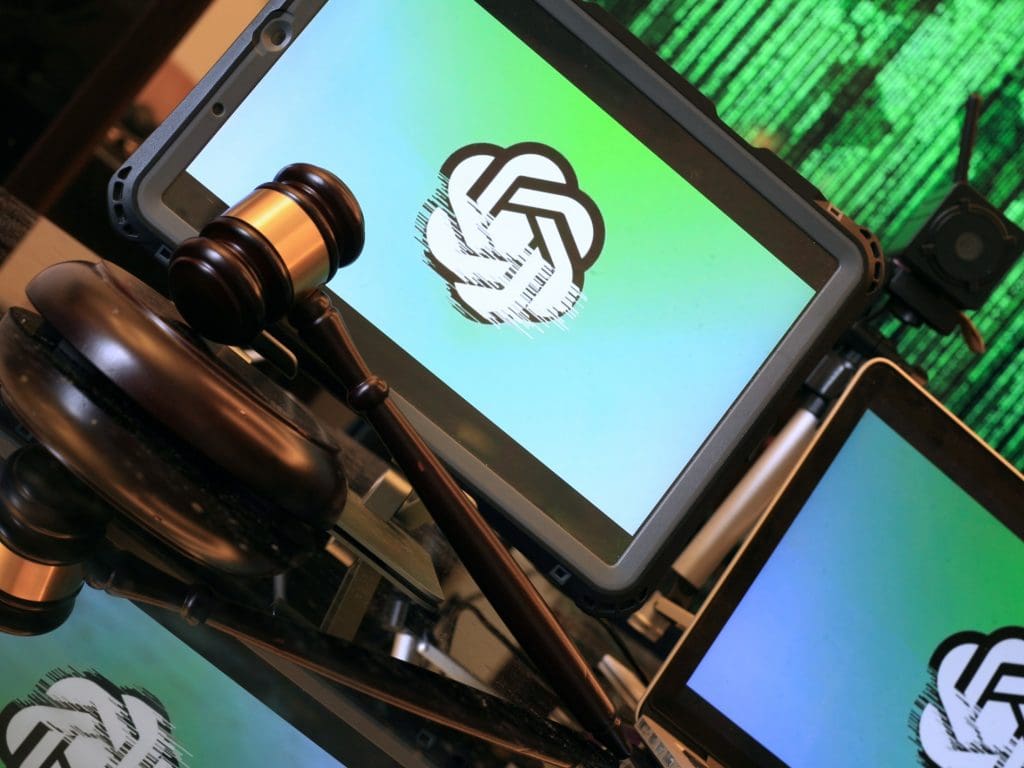In-Short
- Alaska officials used AI-generated, inaccurate citations in a school cellphone ban policy.
- AI “hallucinations” led to fabricated references in policy documents.
- The incident highlights the risks of using AI without proper verification in policymaking.
- There’s a call for increased oversight and fact-checking when AI is used in sensitive decisions.
Summary of the AI Hallucinations Incident in Alaska
In a recent event that underscores the potential pitfalls of integrating artificial intelligence into policymaking, Alaska’s Department of Education and Early Development (DEED) faced criticism for using AI-generated citations in a proposed policy aimed at banning cellphones in schools. The AI tool used by Education Commissioner Deena Bishop produced a draft with supposed academic references that were later found to be non-existent and unverified.
Despite the commissioner’s efforts to correct the errors by providing updated citations to board members, the final document still contained these AI-generated “hallucinations.” This term refers to the phenomenon where AI creates plausible but factually incorrect content. Four out of six citations in the final resolution were completely fabricated, leading to URLs with unrelated content.
The reliance on AI for data in policymaking, particularly in the education sector, poses significant risks. Decisions based on false information can lead to resource misallocation and potential harm to students. Moreover, such incidents can damage public trust in the policymaking process and AI technology.
Alaska officials attempted to minimize the issue by labeling the fabricated citations as “placeholders,” but the document containing these placeholders was still presented to the board for a vote. This situation has brought to light the urgent need for more stringent oversight and fact-checking in the use of AI for decision-making.
Conclusion and Call to Action
For a more detailed account of the events and the implications of AI hallucinations in policymaking, readers are encouraged to visit the original source. Click here to read the full article.










